Blockchain technology is reshaping the digital landscape by enabling secure, decentralized records of transactions. Its implications for everything from cryptocurrency to supply chain management make it a hot topic among developers worldwide. If you’re intrigued by blockchain’s potential and considering building your own blockchain, you’re in the right place. This post is designed to guide developers through the process of creating a blockchain from scratch, offering valuable insights and resources along the way.
Blockchain technology, essentially a distributed ledger, is the backbone of cryptocurrencies like Bitcoin and Ethereum. However, its applications go beyond these well-known uses, offering revolutionary opportunities for various industries. This guide provides an overview of blockchain technology, explains the motivation behind creating a blockchain, and discusses how to plan, design, develop, launch, and scale your blockchain.
Overview of Blockchain Technology
Before delving into the construction of a blockchain, it’s imperative to grasp the fundamental concepts of what blockchain technology is and its operational mechanics. Essentially, a blockchain comprises a series of blocks linked together, each block containing data that is securely encrypted and immutable. This innovative technology allows for secure, transparent transactions and data storage without the need for a centralized governing body. The Blockchain basics guide provided by IBM serves as an extensive resource, offering a deep dive into the intricacies of blockchain. It elucidates its decentralized nature, highlighting how this technology maintains the integrity and security of data across a network of computers, making it virtually tamper-proof. By understanding these foundational aspects, one can better appreciate the potential applications and benefits of blockchain technology across various industries.
The Motivation Behind Creating a New Blockchain
Why should one consider creating a new blockchain? This intriguing question finds its answer in the distinct advantages that a custom-designed blockchain can provide. Unlike generic blockchain solutions, a bespoke blockchain is crafted to meet specific requirements, offering unparalleled improvements in security, transparency, and efficiency. These enhancements are not just incremental; they are transformative, enabling organizations to achieve objectives that were previously out of reach due to technological constraints.
A tailored blockchain solution can revolutionize how transactions are recorded, verified, and shared, allowing for a level of control and customization that generic platforms simply cannot match. This level of personalization ensures that the blockchain is perfectly aligned with the organization’s goals, whether they involve streamlining operations, securing sensitive data, or facilitating transparent transactions.
Before embarking on the journey of developing your own blockchain, it’s crucial to arm yourself with knowledge and insights from those who have navigated this path before. A great starting point is the insightful article available on Forbes, titled “The Case for Starting Your Own Blockchain.” This piece delves into the rationale behind creating a new blockchain and offers valuable guidance on when this ambitious endeavor is most advisable. Reading this article will provide a solid foundation of understanding, helping potential blockchain developers to make informed decisions about their innovative projects.
Understanding the Basics of Blockchain Development
Embarking on the journey of blockchain development begins with a firm grasp of blockchain technology itself, alongside a clear vision for why you’re motivated to create your own blockchain. This innovative technology offers a plethora of opportunities for those looking to disrupt traditional models or enhance security and transparency in their projects. Once you have this foundational understanding, it’s time to delve into the nitty-gritty of the development process. Building a blockchain from the ground up might seem daunting at first glance, but with access to the right tools, resources, and expert guidance, it transforms into a manageable, and profoundly educational, undertaking.
A practical starting point in your development journey is to explore established blockchain platforms, such as Ethereum or Hyperledger. These platforms are not just popular; they are also robust, offering a wide array of features and capabilities. By understanding the strengths and limitations of these platforms, you can better decide which aligns with your project’s goals. Furthermore, both Ethereum and Hyperledger boast rich documentation and a plethora of development resources, making them ideal for developers keen on crafting their blockchain infrastructure.
Core Concepts and Terminology
Before diving deep into development, it’s crucial to get comfortable with the fundamental concepts and terminology of blockchain technology. This includes understanding what a block is, how these blocks are linked together in a chain, the role of consensus mechanisms in validating transactions, and the function and potential of smart contracts in automating and enforcing agreements securely and efficiently. The Ethereum website, for instance, offers an invaluable introduction to blockchain technology, covering these key concepts and more. This resource can serve as a solid foundation for your blockchain development education.
Types of Blockchains
Blockchain technology is not a one-size-fits-all solution; it manifests in several forms, each tailored to meet specific needs and use cases. Broadly speaking, blockchains can be categorized into three main types: public, private, and consortium. Public blockchains, like Bitcoin and Ethereum, are completely open, allowing anyone to join and participate in the network. Private blockchains, on the other hand, restrict access to a select group of users, offering a more controlled environment often favored by corporate entities. Consortium blockchains strike a balance between the two, operated by a group of organizations rather than a single entity, which can be ideal for collaborative projects among multiple stakeholders. Understanding the nuances of each type is crucial, and resources such as this detailed comparison can help you discern which blockchain type best suits the objectives and requirements of your project.
By taking the time to thoroughly investigate these areas, you’re laying a solid foundation for your blockchain development endeavor. With a clear grasp of blockchain technology’s principles, capabilities, and the various platforms and types available, you’re well-equipped to embark on creating a blockchain solution that’s not only functional but also innovative and impactful.
Planning Your Blockchain Project
While a well-executed development process is undeniably crucial for the success of any blockchain project, the journey to that success actually begins with meticulous and thoughtful planning. Like the foundation of a towering skyscraper, the planning stage is what ensures the stability and direction of the entire project. As with any ambitious undertaking, it’s absolutely essential to start with a clear and comprehensive roadmap. This isn’t just any document, but a strategic guide that outlines the project’s goals, objectives, and milestones in a way that leaves no room for ambiguity.
This roadmap should serve as a living document that incorporates both technical specifications and business requirements. It must balance the innovative potential of blockchain technology with the practical needs of the project’s intended market or audience. Moreover, this roadmap isn’t something that’s set in stone on day one. Instead, it should be continually reassessed and refined throughout the project’s lifecycle, adapting to new insights, challenges, and opportunities as they arise.
Defining the Purpose and Scope
The first step in this planning process involves defining precisely what you want your blockchain project to achieve and determining its scope. This critical phase goes beyond mere brainstorming; it requires a deep and nuanced understanding of the problem you’re intending to solve. Whether you’re aiming to disrupt an existing market or address a gap in a specific sector, clarity about your blockchain’s purpose and its operational boundaries is paramount. It’s about answering the foundational questions of ‘what’, ‘why’, and ‘for whom’.
Choosing Between a Private, Public, or Consortium Blockchain
Deciding on the type of blockchain that best suits your project—be it a private, public, or consortium blockchain—is another significant decision that will have a lasting impact on your project’s design, functionality, and governance. Each option comes with its own set of benefits and limitations. For example, a public blockchain offers maximum transparency and decentralization but may raise concerns about scalability and privacy. On the other hand, a private blockchain allows for greater control and faster transactions, yet it might suffer from decreased trust among its users due to its centralized nature.
For those grappling with this decision, insights can be gleaned from various resources, such as Blockgeeks’ comprehensive guide on the subject. This guide can help illuminate the nuances of each option, aiding in making an informed choice that aligns with the project’s long-term goals and the needs of its intended users.
By delving deeper into these initial steps and giving them the attention they deserve, you set a solid foundation for your blockchain project. This not only guides the development process but also significantly increases the likelihood of achieving a successful outcome that resonates with your target audience and stands the test of time in the rapidly evolving blockchain landscape.
Designing the Blockchain Architecture
Once you have a clear understanding of your project’s purpose, scope, and the specific type of blockchain technology that best aligns with your goals, the next crucial step is to meticulously plan and design its architecture. This process involves creating a comprehensive blueprint that outlines how various components and systems will interact with each other within the blockchain network, ensuring seamless operations and interactions.
Architectural Considerations
Blockchain architecture is inherently complex and requires careful thought and planning. This architectural guide serves as an invaluable starting point for anyone looking to grasp the fundamental components involved in designing a blockchain system. It delves into the intricacies of blockchain technology, offering insights into creating a robust and efficient architecture that can cater to your project’s needs.
Selecting a Consensus Mechanism
At the core of your blockchain’s functionality is the consensus mechanism, a critical aspect that dictates how transactions are validated across the network. Whether you opt for Proof of Work, Proof of Stake, or another innovative mechanism, this comprehensive overview will assist you in navigating the complexities of consensus mechanisms, enabling you to choose the one that best suits your project’s requirements. It explains the nuances of each mechanism and how they impact the security, scalability, and speed of your blockchain.
Designing Smart Contracts
Smart contracts are pivotal in automating transactions and rigorously defining the rules within your blockchain, ensuring that all participants adhere to the agreed-upon protocols. For those looking to dive into smart contract development, learning Solidity is a must. The Solidity documentation provides a thorough foundation for developing smart contracts, covering everything from basic syntax to advanced features, making it an essential resource for both beginners and seasoned developers alike.
By taking these steps to carefully design your blockchain’s architecture, select an appropriate consensus mechanism, and craft smart contracts, you’ll be well on your way to developing a blockchain project that is not only efficient and secure but also aligned with your strategic objectives.
Developing the Blockchain Project
With a robust roadmap, well-defined purpose and scope, and meticulously designed architecture in place, it’s time to embark on the exciting development phase. This pivotal stage is where your vision starts to materialize, as dedicated developers work tirelessly to construct the various components that will transform your blockchain project from a concept into reality.
Setting Up the Development Environment
Before diving into coding, selecting the right tools and setting up your development environment is essential for a smooth and efficient workflow. Truffle Suite stands out as one of the most preferred development environments for Ethereum-based projects, offering a suite of tools designed to streamline the development process. It not only facilitates smart contract development but also aids in testing and deploying your applications on the Ethereum blockchain, making it a comprehensive tool for developers.
Coding the Blockchain
Embarking on the coding journey can be the most thrilling part of blockchain development. For those looking to get a practical understanding of building a blockchain from scratch, this tutorial offers a hands-on guide to developing a simple yet functional blockchain in Python. This resource is invaluable for beginners, providing step-by-step instructions that demystify the process of coding the foundational elements of a blockchain, including creating blocks, managing transactions, and implementing consensus mechanisms.
Testing and Debugging
Ensuring the security and efficiency of your blockchain is imperative, and that’s where thorough testing and debugging come into play. Ganache is an exceptional tool for testing Ethereum projects, offering a safe, sandboxed environment that simulates blockchain networks. It allows developers to deploy smart contracts, develop applications, and run tests without the risks associated with real transactions on the Ethereum network. Ganache is particularly useful for identifying potential issues and vulnerabilities in your project before it goes live, ensuring a robust and secure blockchain solution.
As you advance through these stages, remember that the journey of developing a blockchain project is complex and challenging, yet immensely rewarding. With the right preparation, tools, and dedication, you can bring your innovative blockchain ideas to life, contributing to the ever-evolving landscape of blockchain technology.
Launching the Blockchain Project
After months of tireless development and meticulous testing, the moment has finally arrived to unveil your blockchain project to the world. This pivotal final stage marks the culmination of all your hard work and dedication, as you prepare to introduce your innovative solution to the public. It’s a time to start attracting attention and building support from a broad range of stakeholders who are eager to see what your project can offer.
Deploying Nodes
The robustness and reliability of your network are fundamentally dependent on the nodes that uphold it. Efficient deployment of these nodes is crucial for maintaining the network’s health and ensuring seamless transactions. This section provides an in-depth resource on how to deploy blockchain nodes effectively, ensuring they are configured for optimal performance and security.
Genesis Block Creation
The genesis block serves as the bedrock of your blockchain, containing the initial configuration that all subsequent blocks will build upon. Creating a sturdy and secure genesis block is a critical first step in launching any blockchain project. Here’s a comprehensive guide to crafting a genesis block for an Ethereum blockchain. While the guide is tailored to Ethereum, the principles and procedures can be adapted to fit a wide array of blockchain projects, providing a solid foundation from which your network can grow.
Maintaining and Scaling Your Blockchain Project
Once your blockchain project is live, it’s important to understand that the work doesn’t just stop there. Like any other piece of technology, continuous maintenance and ongoing development are absolutely crucial to ensure that your project remains relevant and sustainable in the fast-paced and ever-changing technological landscape. This not only helps in keeping your blockchain project up-to-date but also secure and efficient for its users.
Additionally, as user adoption increases and the volume of transactions begins to grow, scaling your blockchain becomes a critical consideration. It’s important to plan and execute scaling strategies effectively to ensure that the blockchain can handle the increased load without compromising on speed or user experience. This involves a deep understanding of the blockchain’s architecture and the potential bottlenecks that could affect its performance.
Monitoring Network Health
Once your blockchain project goes live, one of the key activities you need to perform is monitoring its performance and overall health continuously. This is where block explorers and network monitoring tools become invaluable. Such tools provide real-time data about transaction volumes, block generation times, and potential security threats, among other metrics. This information is critical for diagnosing issues quickly and taking corrective actions to ensure the network runs smoothly. For more information on network monitoring tools, you might find resources like ethereum.org exceptionally useful.
Implementing Updates and Forks
As your blockchain evolves, there will inevitably be a need to implement updates or perform forks. This could be for a variety of reasons, including adding new features, improving security, or even rectifying a critical bug in the system. Understanding the process and implications of updates and forks is vital for ensuring smooth transitions and maintaining the integrity and security of your blockchain. Forks, whether hard or soft, require careful planning and communication with the blockchain community to ensure consensus and minimize disruptions. For a more detailed understanding of forks and how to manage them, this guide by Bitpanda provides an excellent starting point.
Ensuring the continuous health and evolution of your blockchain project requires dedication and a proactive approach to maintenance, monitoring, and development. By staying ahead of potential issues and being responsive to the needs of the user base, you can maintain a robust, efficient, and scalable blockchain infrastructure.
FAQ – How to Create a Blockchain
What technical skills are required?
Developing a blockchain requires skills in cryptography, programming (commonly Solidity for smart contracts, Python, or JavaScript), and an understanding of data structures.
Can I create a blockchain without coding from scratch?
Yes, platforms like Ethereum and Hyperledger allow for creating blockchains using pre-built components, significantly reducing the need to code from scratch.
How long does it typically take?
The development time can range from several months to over a year, depending on the blockchain’s complexity and scope.
How much does it cost?
Costs vary widely based on the blockchain’s complexity, resources used, and whether you hire external developers.
What are the biggest challenges?
Challenges include ensuring scalability, navigating regulatory environments, achieving consensus among network participants, and ensuring security.
How can I ensure security?
Implementing rigorous testing, adhering to best practices in smart contract development, and staying updated on the latest security threats are essential steps.


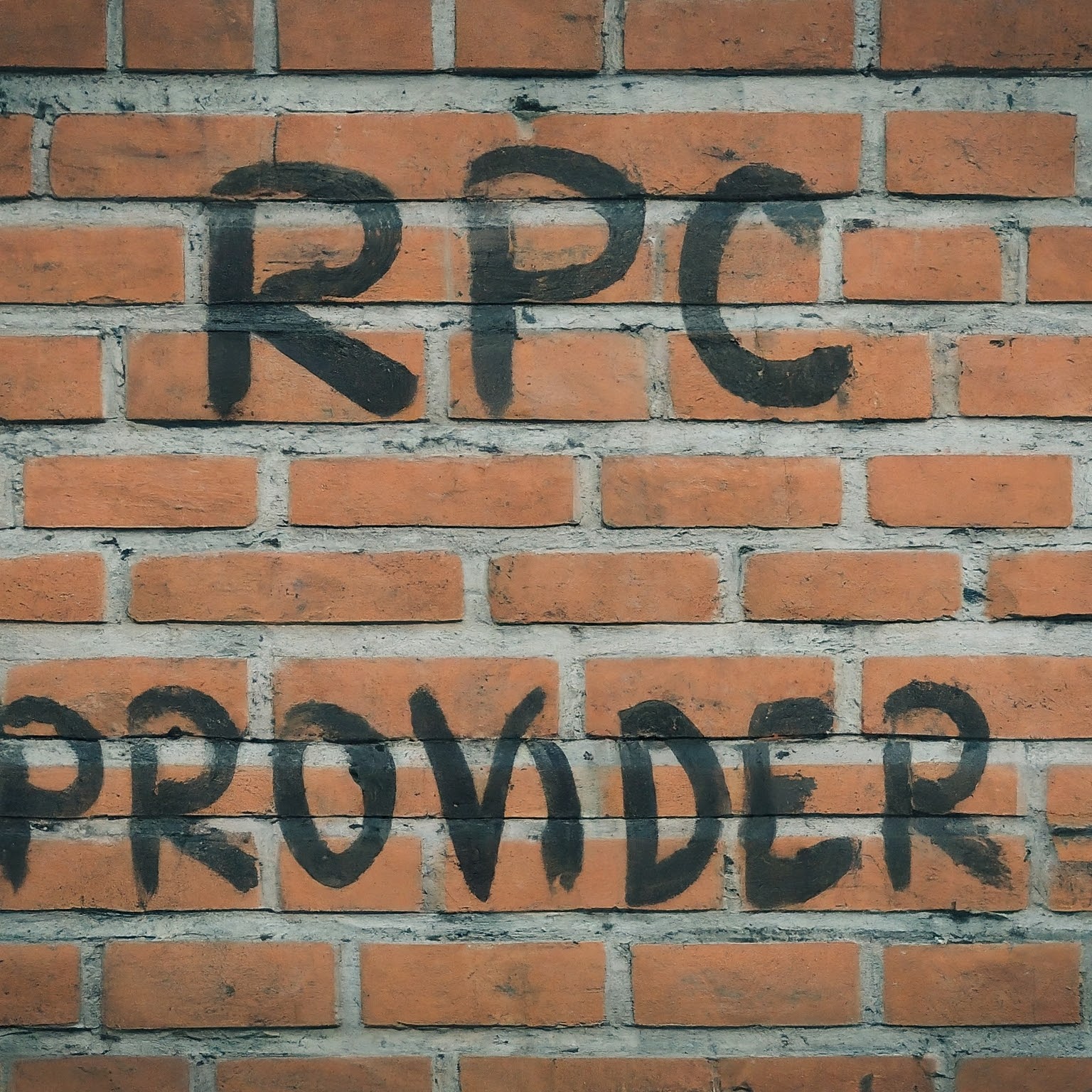
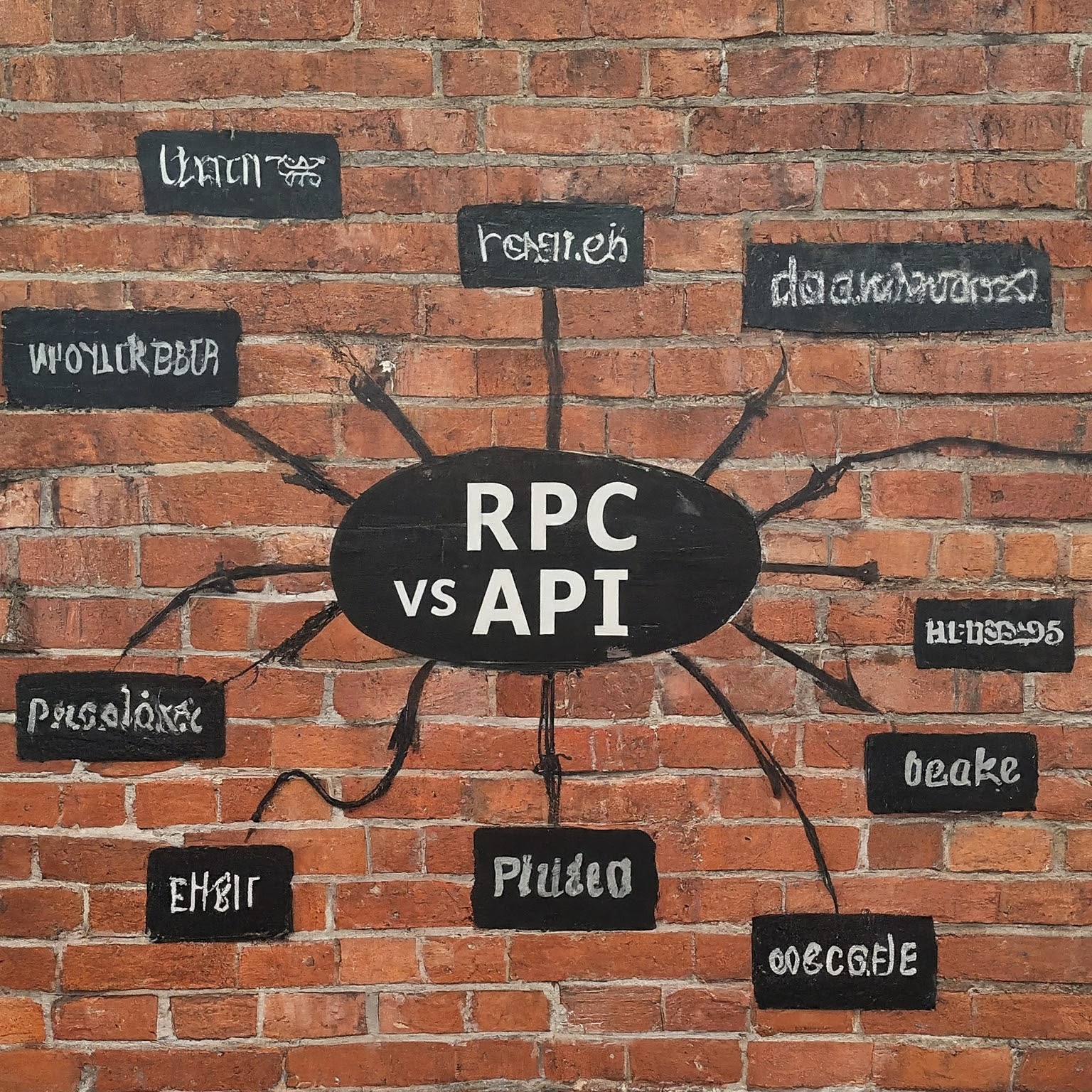
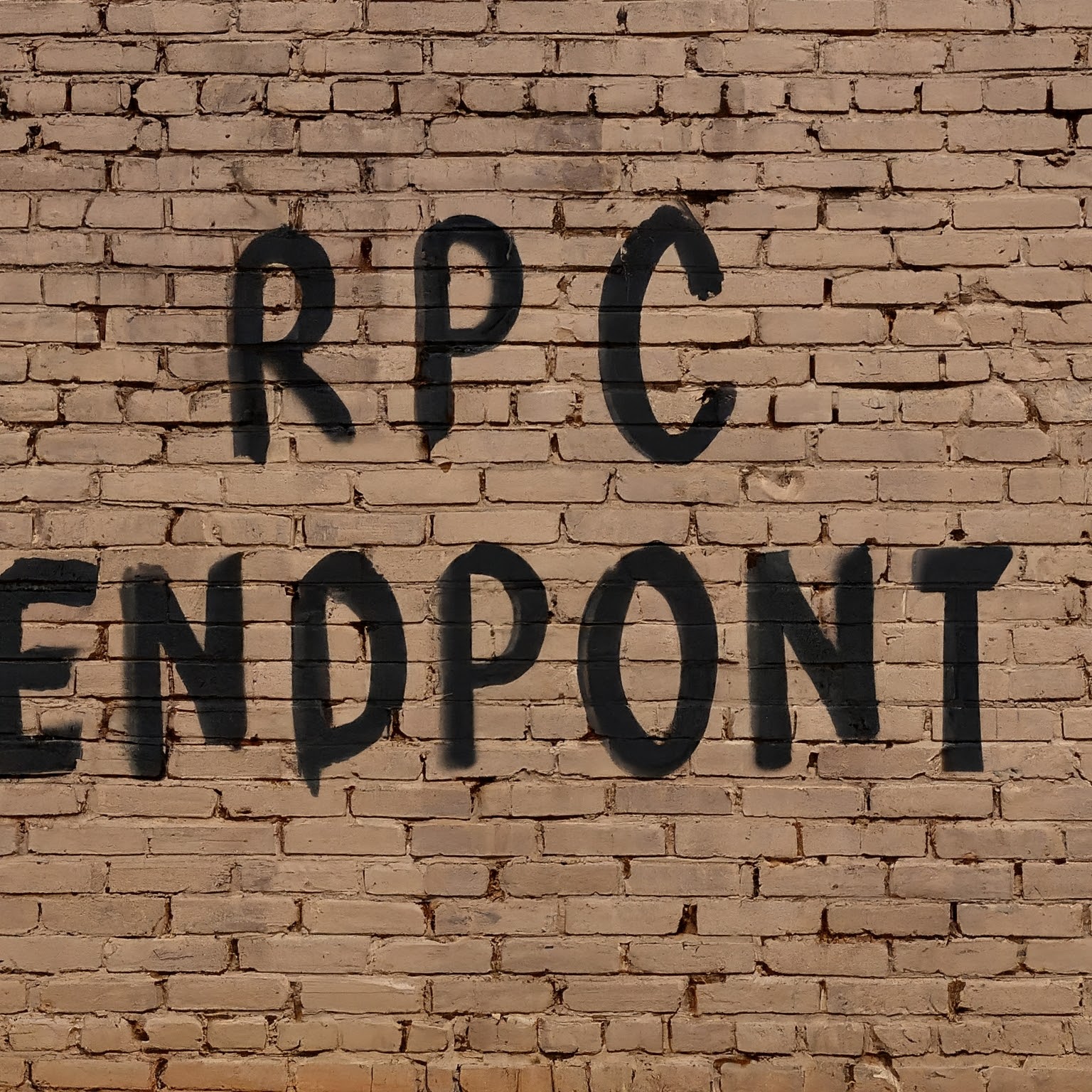

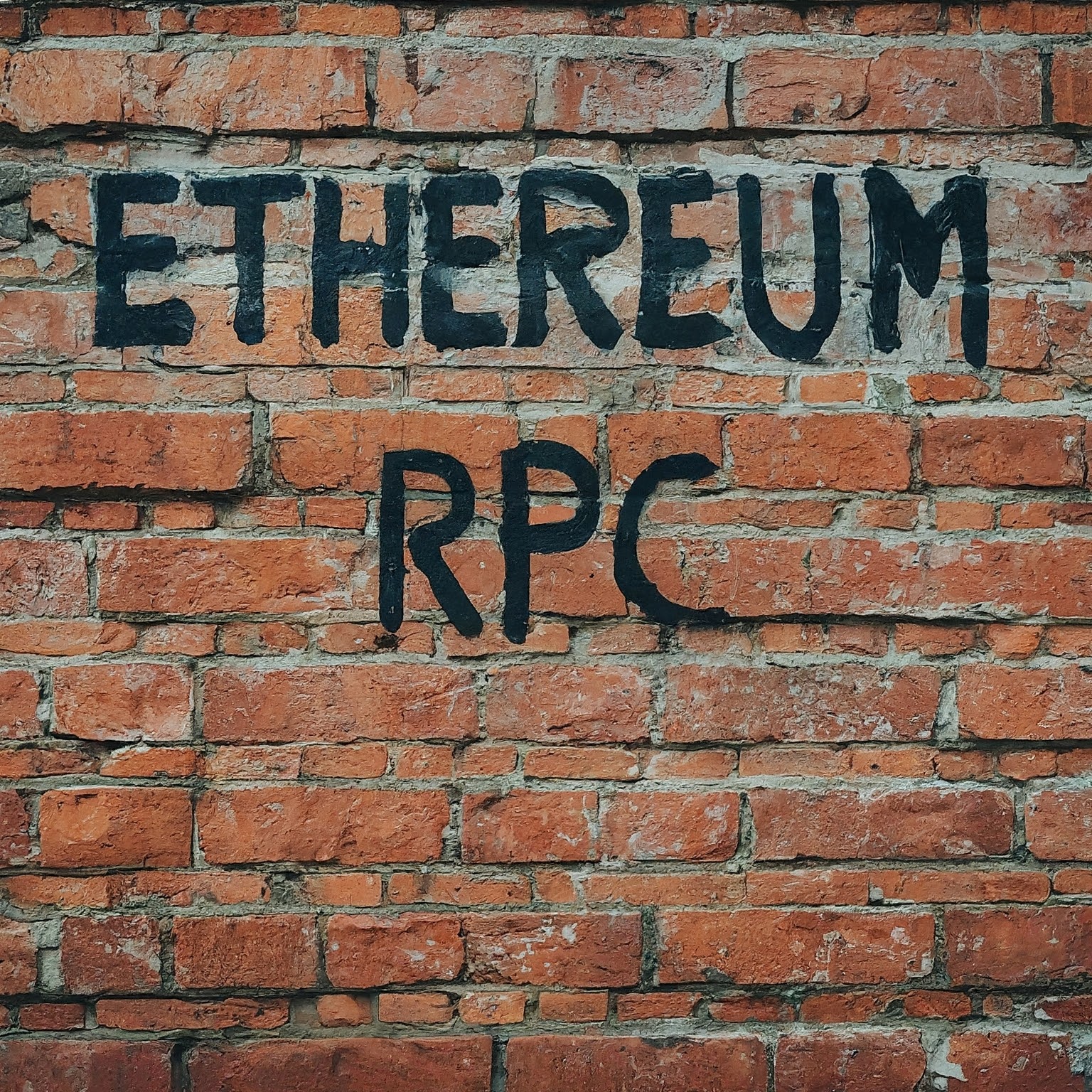
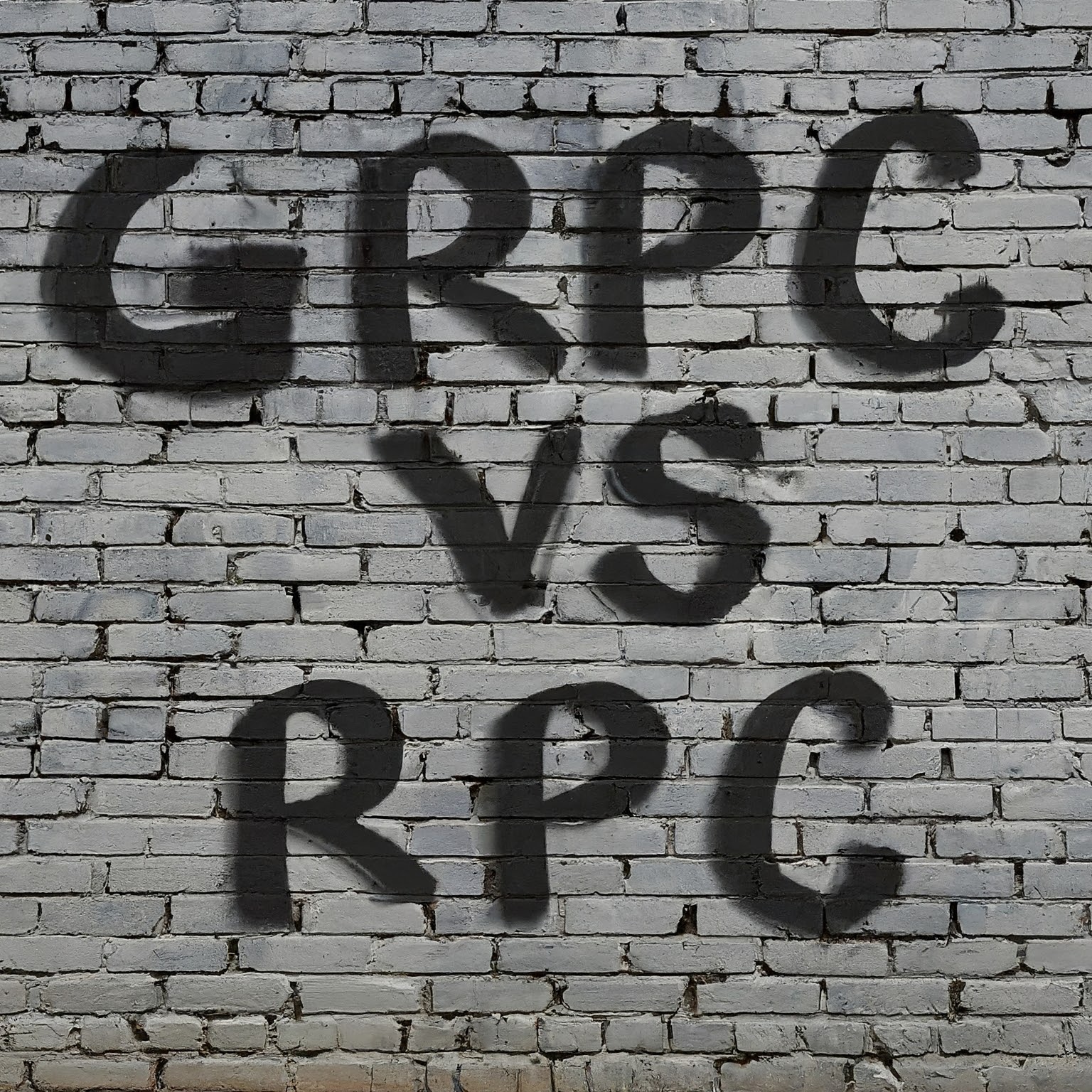
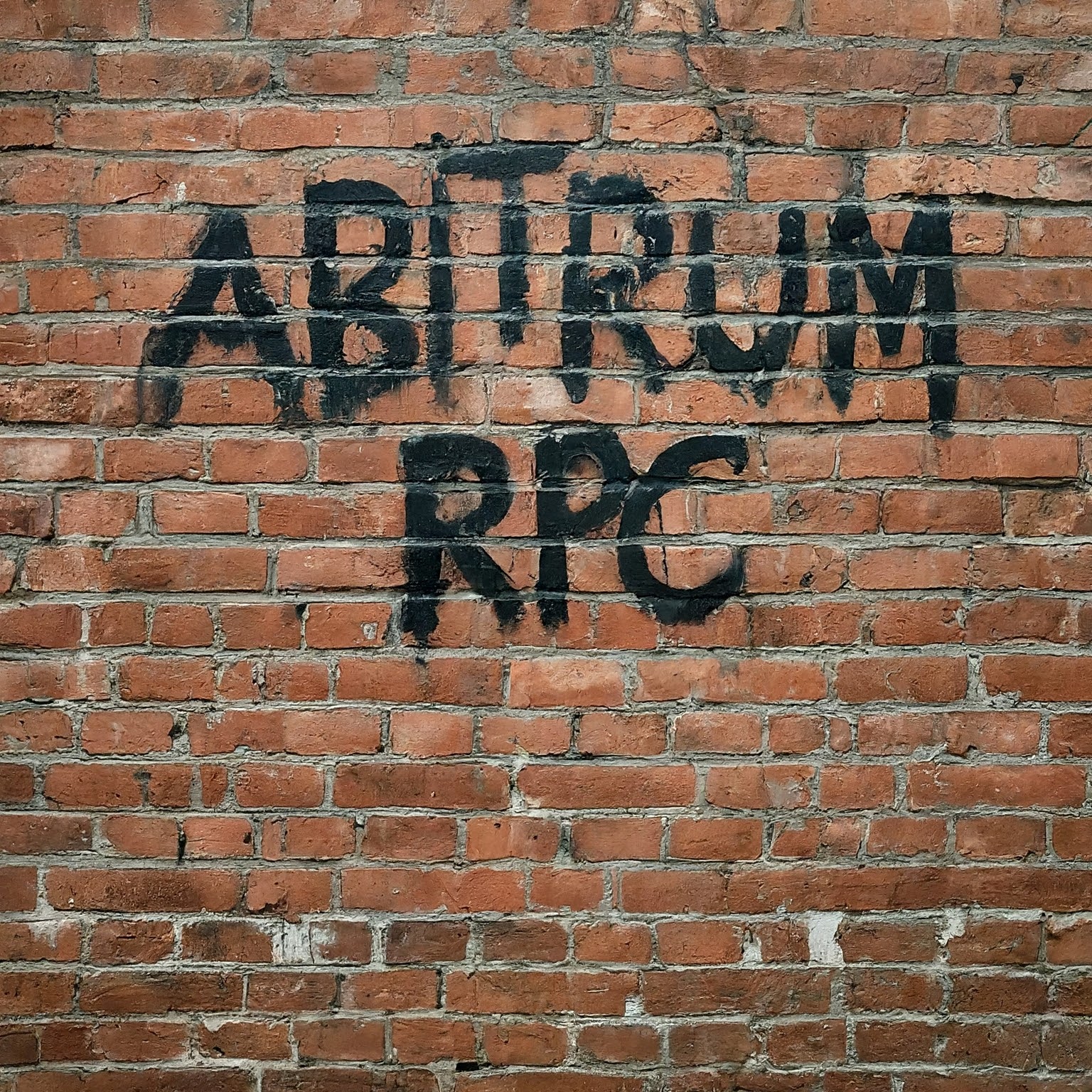

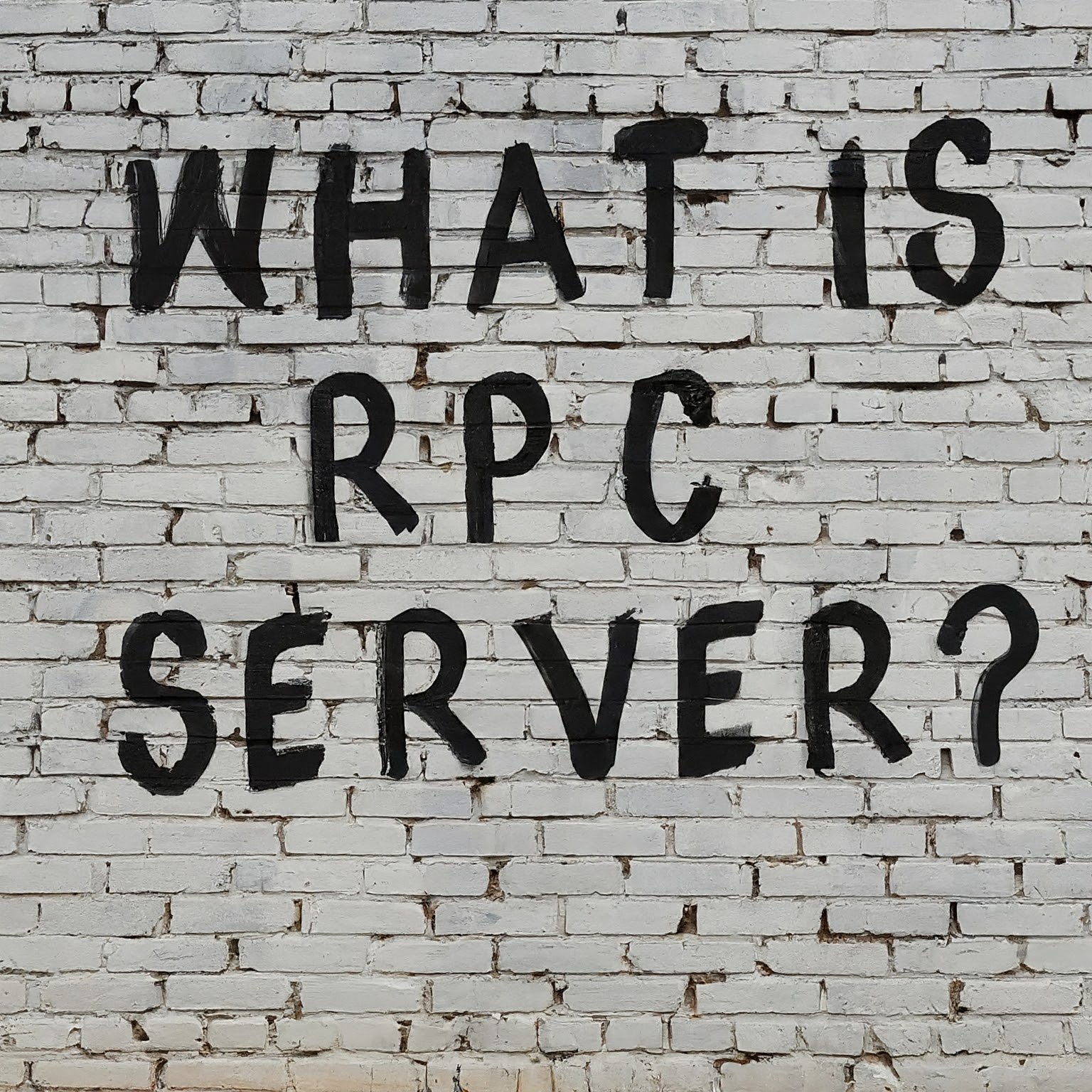

Leave a Reply
You must be logged in to post a comment.